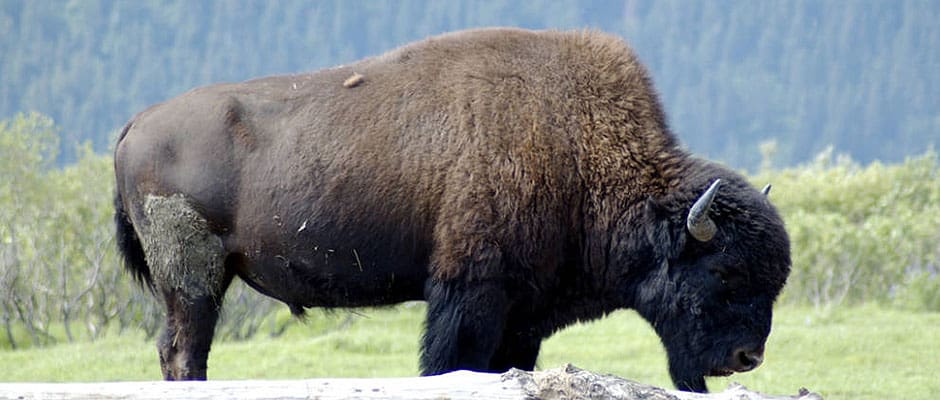Share this article
Tribes and First Nations sign “Buffalo Treaty”
Last week, 11 U.S. Indian Tribes and Canadian First Nations signed a treaty that established an intertribal alliance aimed at restoring bison in their territories located throughout the Great Plains and Rocky Mountains. The resolution, which is the first intertribal treaty of its kind in over 150 years, declares a shared vision and intent to repopulate wild bison herds and to allow the animals to roam freely across international and intertribal borders.
The Northern Tribes Buffalo treaty is creates a powerful and coherent message, allowing the tribes and nations to leverage the 6.3 million acres of land they control in North America into more translocations of bison from Yellowstone National Park to tribal lands. Tribal leaders cite recent successful translocations to reservations—Fort Peck in 2012 and Fort Belknap in 2013, both within Montana—and are working to one day have thriving populations on all of the signatory lands.

A herd of bison on the National Bison Range in Montana. Recently, 11 U.S. Indian tribes and Canadian First Nations signed a treaty declaring their intent to bring more bison onto their lands.
Image Credit: USFWS
Still, not everyone is in favor of moving bison populations out of Yellowstone. Several ranchers are opposed to reintroducing the animals near where they graze cattle because of competition and potential for disease transfer. In fact, ranching interests fought — albeit unsuccessfully — against the Fort Peck and Fort Belknap translocations.
Free-roaming bison serve as ecosystem engineers in their ability to benefit insects, birds, and mammals by disturbing grassland. Although they numbered in the tens of millions at the time of westward expansion in the 1800s, unregulated hunting and wasteful use of the animals brought the species close to extinction in the late 19th century. Conservation efforts initiated in the early 20th century, such as captive breeding and reintroductions to Yellowstone and the National Bison Range in Montana, have brought the number of wild bison in the U.S. to around 20,000.
Sources: Greenwire (September 24, 2014), Associated Press (September 23, 2014), Environmental News Network (September 24, 2014)
Header Image: Image Credit: USFWS








